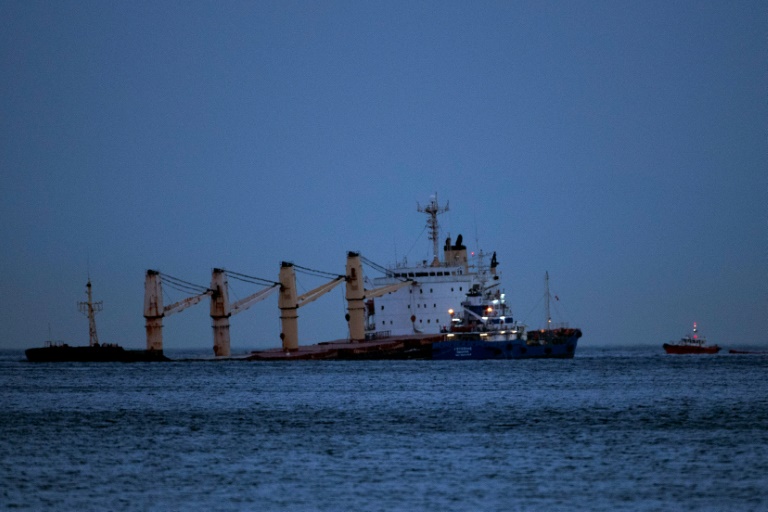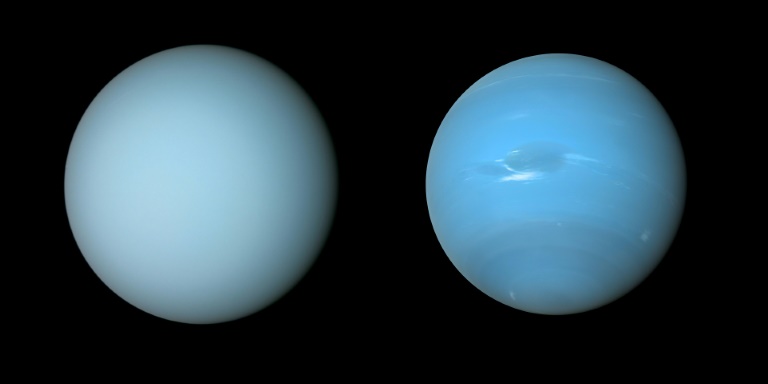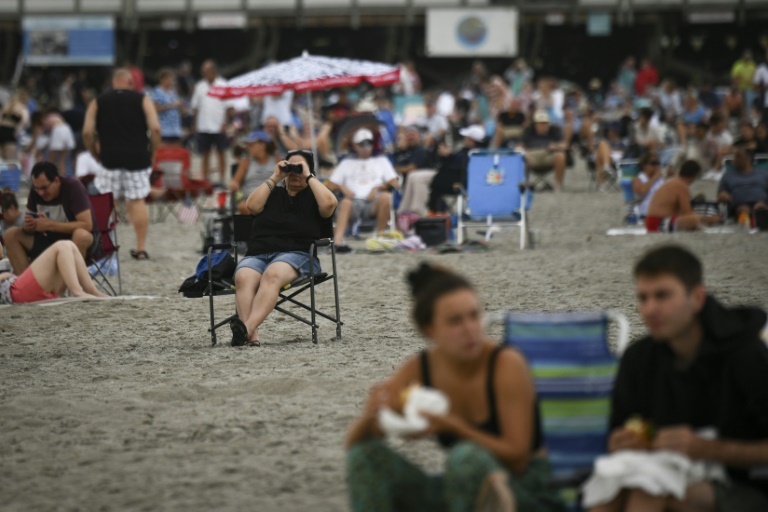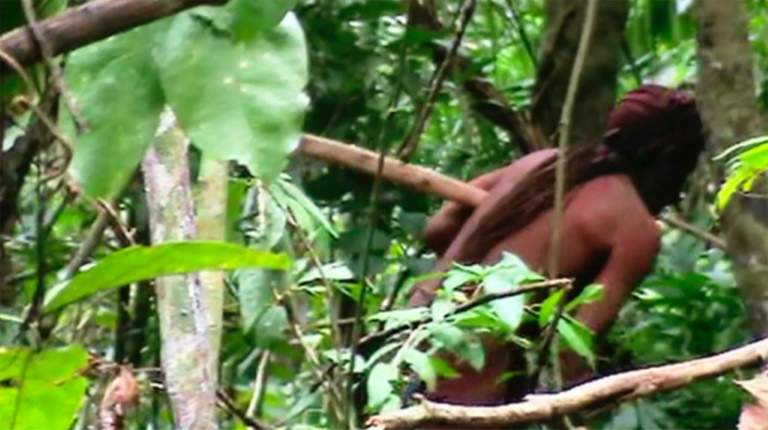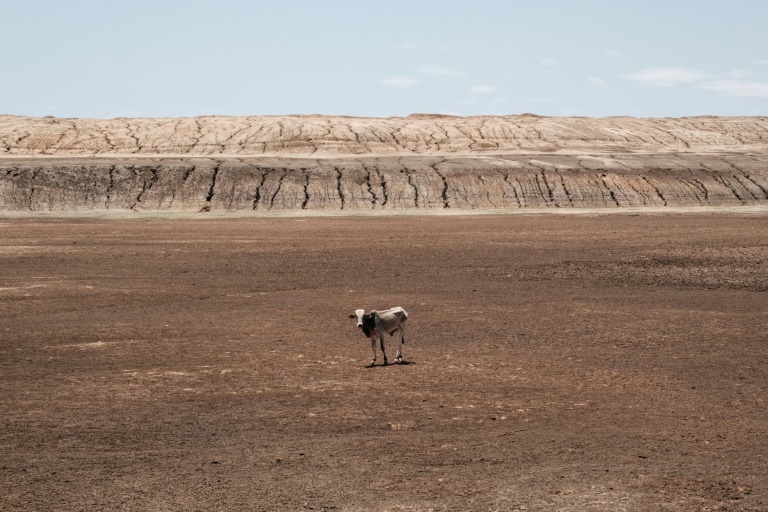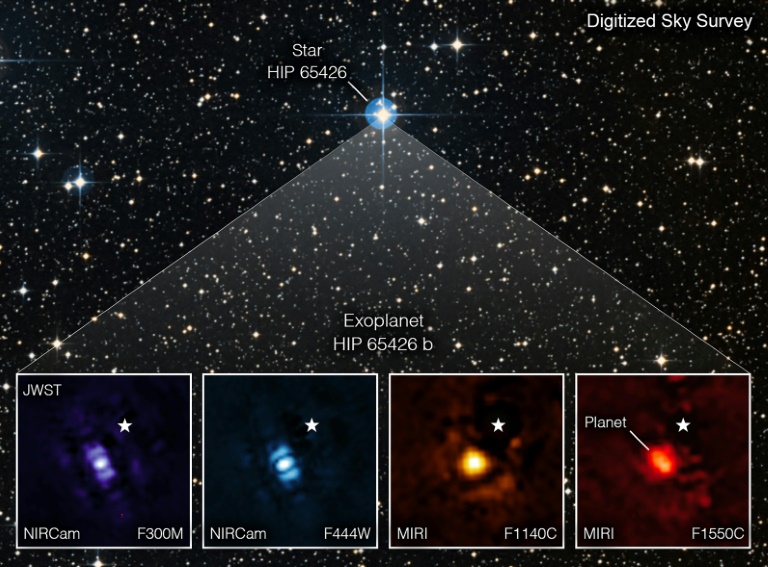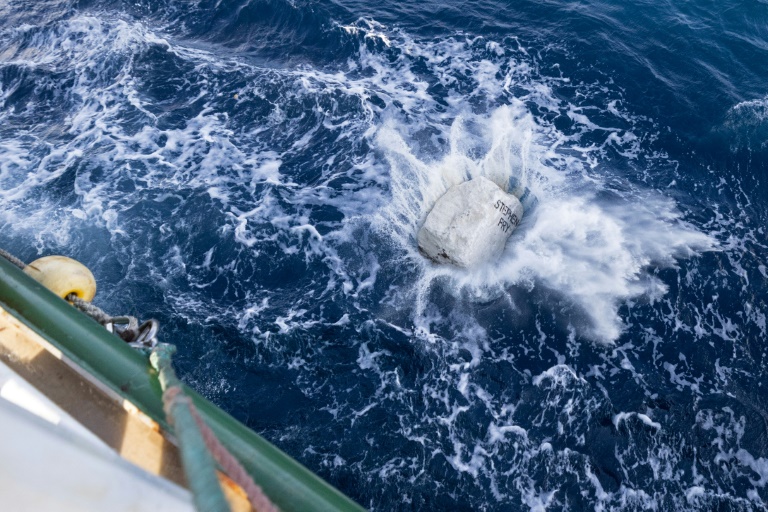Oil slick from cargo ship off Gibraltar reaches shore
Oil from bulk carrier OS-35 damaged in a collision as it left the port of Gibraltar has reached shore
Small amounts of oil from a bulk carrier that collided with a gas tanker off Gibraltar has reached the shoreline of the British territory and neighbouring Spain, local officials said Friday.
The head of Gibraltar’s government, Fabian Picardo, told Spanish news radio Cadena Ser that a slick from the stricken vessel had reached “parts of the coast of Gibraltar.”
“But it was a small slick, we don’t want there to be any slick, but it was small,” he added.
Crews have been deployed to “begin the clean-up of oil from the shoreline,” the government of Gibraltar said in a statement.
Gibraltar’s department of environment has received reports “of small numbers of oiled birds,” it added.
Meanwhile the mayor of the Spanish town of La Linea de la Concepcion which borders Gibraltar said an oil slick from the carrier had reached its beach, forcing its closure.
“What has arrived is a slick which, frankly, is worrying but we are not talking about a tragedy,” Juan Franco told local reporters.
The carrier — the OS 35 — has been beached off Gibraltar since the two vessels collided late on Monday off the territory located on the southern tip of the Iberian peninsula.
The captain of the damaged ship was detained for questioning on Thursday for allegedly not obeying Gibraltar port orders initially after the collision.
No one was injured in the accident.
Booms were placed around the stricken cargo ship but some oil still managed to escape the floating barriers.
Gibraltar officials said Friday that all of the diesel on the ship had been removed, and the priority now was the removal of the heavy fuel oil that is still on board.
Divers on Thursday sealed two tank vents that leaked fuel from the bulk carrier and the amount of oil that is leaking is “significantly reduced”, the government of Gibraltar statement said.
Gibraltar, measuring just 6.8 square kilometres (2.6 square miles), overlooks the only entrance to the Mediterranean from the Atlantic Ocean, putting it on the key shipping route to the Middle East.
Its strategic location and low tax rates have helped turn it into one of the world’s busiest ports for ships to refuel.
Greenpeace said oil spills will “continue to be a threat” in the Strait of Gibraltar as long as it continues to be “the biggest ‘low cost’ fuel station in southern Europe.”

